What learning occurs for two year-olds as a consequence of effective dialogues?
Understanding effective dialogues involves paying attention to the learning that takes place in between partners, as a central source of meaning-making.
Two year-olds were constantly making meaning through dialogues with people, places and things in the 'preschool' setting. They were learning about 'how to be' in diverse genre, how to dialogue with peers and teachers and how to locate themselves strategically within the learning environment.
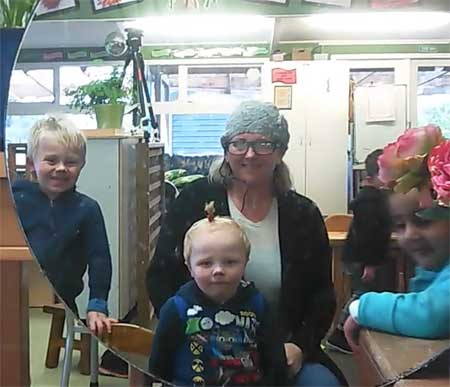
Dialogue, therefore, is learning.
From a dialogic standpoint, dialogue is effective only when it draws on the agency of the learner in intersubjective or alteric events of meaning-making that comprise the dance.
Agency
Agency celebrates the potential of individuals to influence their dialogues and, by application, their learning in concert with others.
In a human being there is always something that he himself can reveal, in a free act of consciousness and discourse, something that does not submit to an externalising secondhand definition.
(Bakhtin, 1984, p. 58)
For these two year-olds in 'preschool' spaces their agency is integral for their meaningful participation in dialogue. In the footage that follows, we see how Zion's agency is promoted through effective dialogue.
Here, watch and listen as Caroline suggests that agency is supported by a combination of effective strategies that make up the "dialogic dance":

Intersubjectivity
Levels of intersubjectivity have definitely increased in our practice, and these have been increasingly combined with a series of strategies that we now use to engage in dialogues.
- Intersubjectivity takes place when all dialogue partners are firstly seen (and heard) and shared meaning is generated.
- Intersubjectivity is underpinned by meaningful relationships.
- Intersubjectivity leads to co-meanings that are constructed within the dialogue and which stretch understandings for all involved.
Intersubjectivity leads to understanding and:
Relational patterns can be seen as emotional scenarios for which there are informed scripts embedded in the culture.
Odegaard, 2006, p. 89
In the scenario that follows we see an intersubjective dialogue unfold between two year-old Harry, Catherine and peers. Notice the variety of strategies Catherine uses in her efforts to establish shared meaning in this dialogue as you watch the following video commentary:
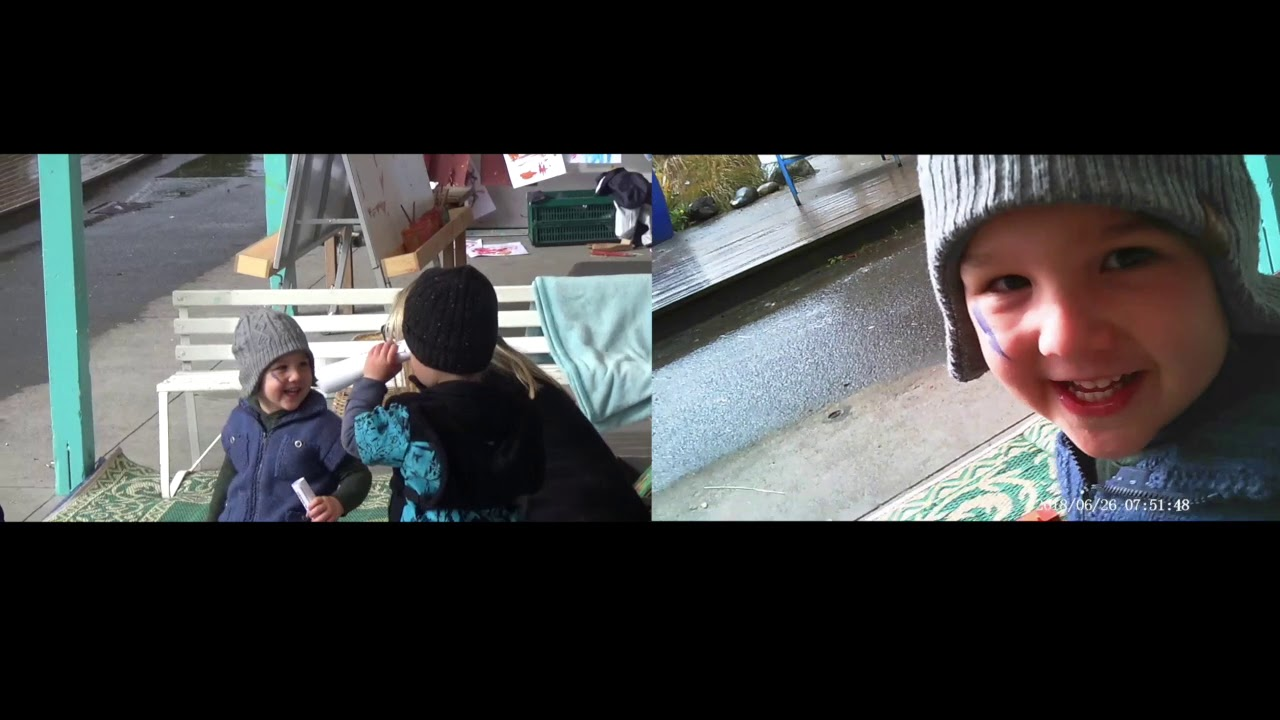
To hear more about this intersubjective event, follow the link to Catherine's learning story on wriggly worms which can be found by playing the assessment shifts video.
Alterity
Alterity is the "other side of the same coin" to intersubjectivity*, but it can also lead to intersubjectivity if dialogue partners are open to the possibilities. By drawing away from shared meaning alterity not only acknowledges that teachers do not and cannot always know but also provides greater opportunity to learn the learner!
It suggests that thinking which is not shared is also of great significance. It represents an opportunity to present oneself as 'other' - to be otherwise ...
(White, 2016, p. 71)
This concept was one of the most important ideas in shifting teachers' pedagogy. Instead of seeing two year-olds as problematic or disruptive, they could now appreciate their alterity as a cause for celebration!
Such appreciation was achieved when teachers were prepared to try to understand the language that was being offered by two year-olds and contemplate its meaning.
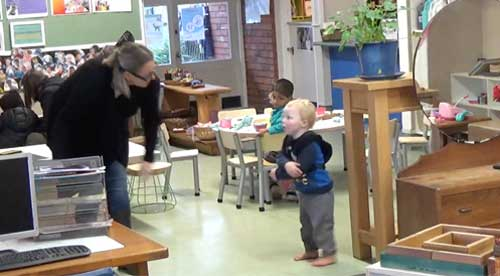
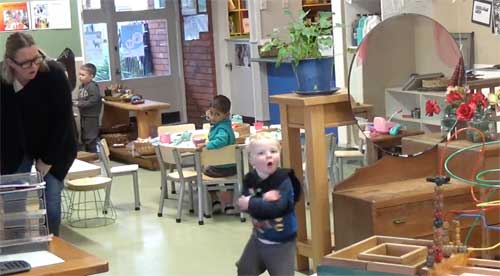
In the video sequence that follows Shavaurn explains her insights concerning two year-old Cameron's language and its increased significance when viewed as an utterance chain, thus altering her understanding and response.
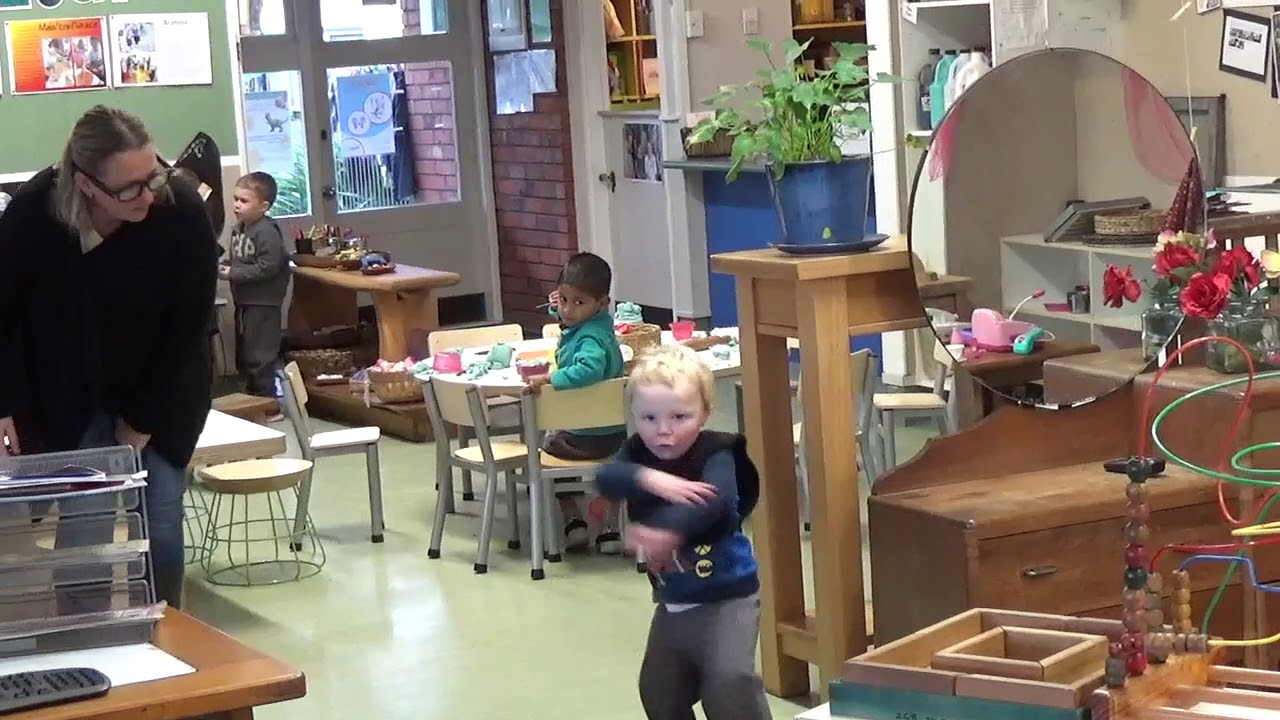
Follow the link to read the associated learning story. Also, on this same page is a learning story written by Shavaurn to Aurora called Dancing with the rules which offers further insights into the importance of alterity.
* (Junefelt, 2011, p. 161)